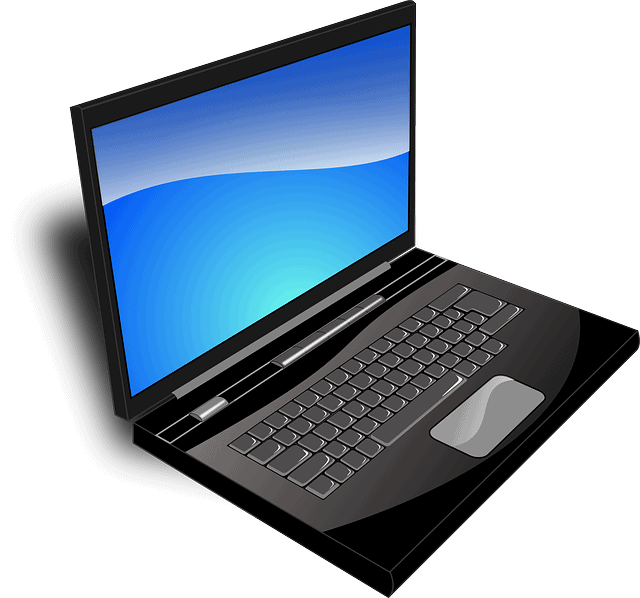Parkerizing is a way of protecting ferrous metals from rusting. These ferrous metals include cast iron, steel, alloys of steel, and wrought iron. This process is not appropriate for non-ferrous metals such as brass, copper, plastic, aluminum items. Parkerizing of materials also improves wear resistance.
This process improves surface roughness, corrosion resistance, wear resistance, and protection from indentation and scratches in the commercial world. A number also knows the process of alternative names such as: –
- Phosphatizing
- Phosphate coating
- Phosphating
- Bonderizing
Steps of parkerizing
- First, clean the metallic surfaces of the material to be parkerized; this removes grease, oil, and other dirt from the surface of the material. Typically, this cleaning process uses a soft brush to remove all dirt from the material’s surface properly.
- Parkerizing process begins with rinsing the material using hot water by immersing it in a hot water tank for 3-5 minutes.
- Remove the material from the water, rinsed, and then immersed in the parkerizing solution for four to ten minutes at a constant temperature of about 195FO.
- Clean the parkerized parts using flowing water, a stiff brush and scrub the parts thoroughly — this prevents the parkerizing reaction on the metal surface.
- Remove the material from the tank, and hang it a rack above the solution tank to allow for excess solution drainage back into the tank.
Applications
Applications for parkerizing include: –
- Applied to firearms to create extra protection from corrosion and general tear and wear
- It is used on vehicle parts to caution metal parts from corrosion
- Used for protecting parts for military arms manufacture
- Used for protecting various marine equipment from corrosion
- Parkerizing aircraft and space vehicles protect them from rusting and against wear and tear.
You should adhere to several mechanical design rules to constantly ensure that you carry out the parkerizing process. These guidelines are: –
- The layer thickness is limited to 0.01 to 5 micrometers
- The Cross-section of each part should not go beyond one square metre, and volume should not exceed one cubic meter
- You should use only approved chemicals and salts for an acidic solution
- Maintaining phosphoric solution temperature should be kept within the appropriate range, as per the metal surface and metal type.
- For proper results, you should completely submerge each piece in the solution
- The tolerance limit for the layer thickness for the process is one to two micrometers
- Use special soft brushes when cleaning metal parts and then rinsed in warm water
- It would help if you did not work on aluminum parts since doing so contaminate the parkerizing solution
Advantages of parkerizing
Parkerizing offers several significant advantages over comparable procedures: –
- Parkerizing shields the metal surface from rust
- Prevents wear, tear, and scratching
- The chemicals that you need to Parkarize metal are readily available
- Consumes less time compared to other related processes
- The process is relatively cheap
Disadvantages of parkerizing
There are a few drawbacks to t parkerizing process, some of which are;
- Parkerizing is appropriate for ferrous materials or surfaces only.
- It would help if you had Personnel protective gear or high safety precautions; since chemical solutions are involved.
- You require a thicker layer for a high level of protection.





